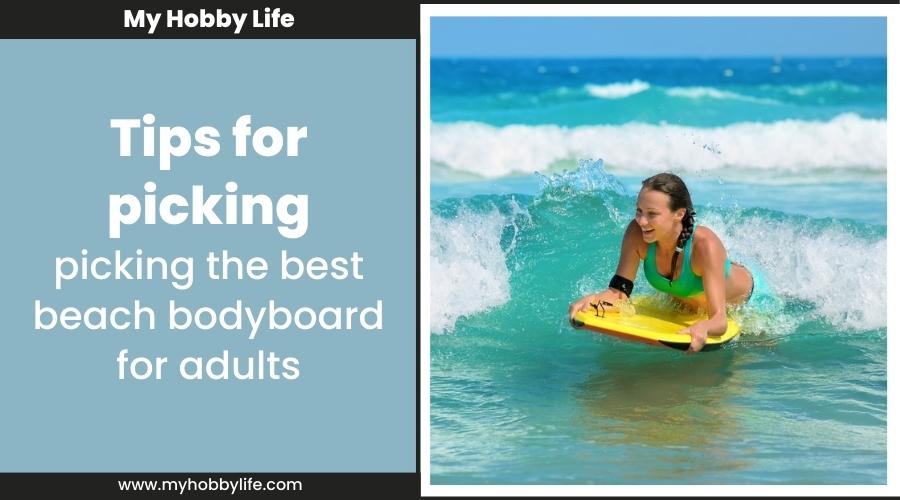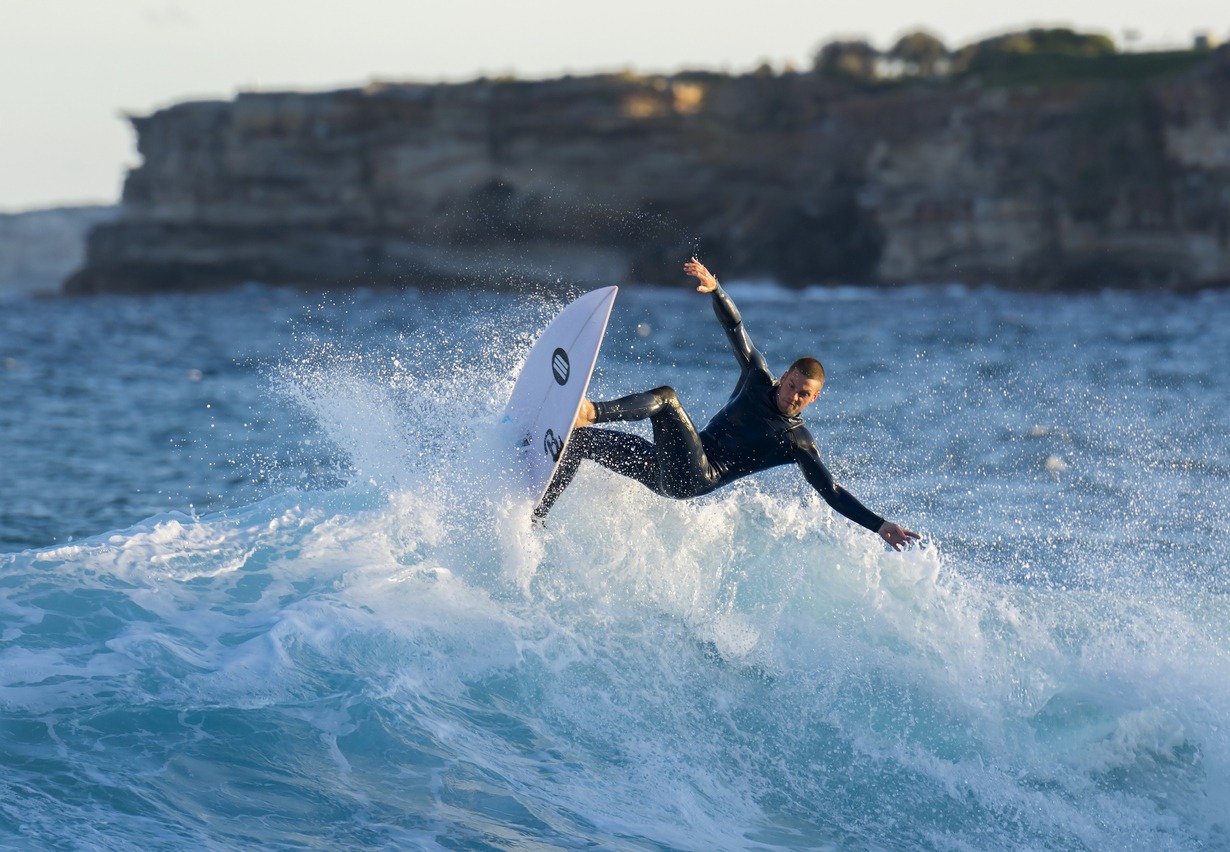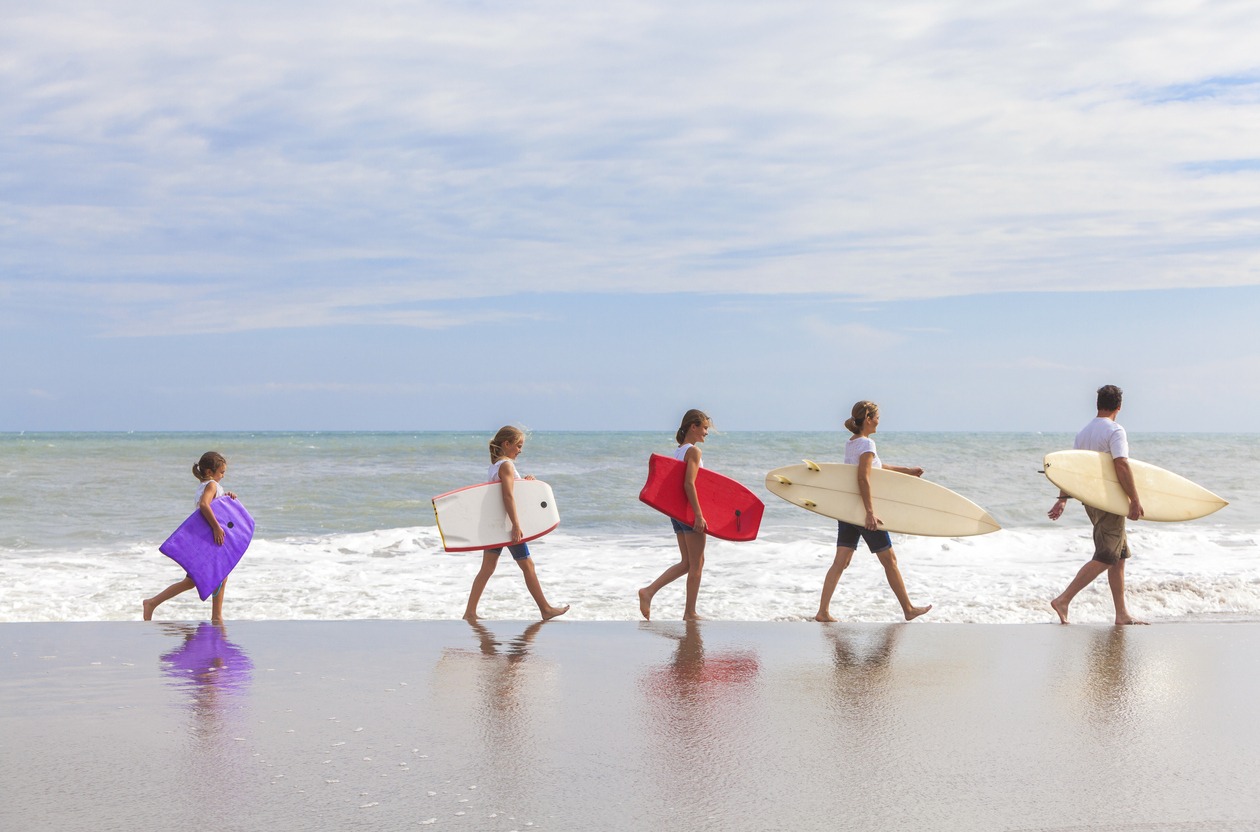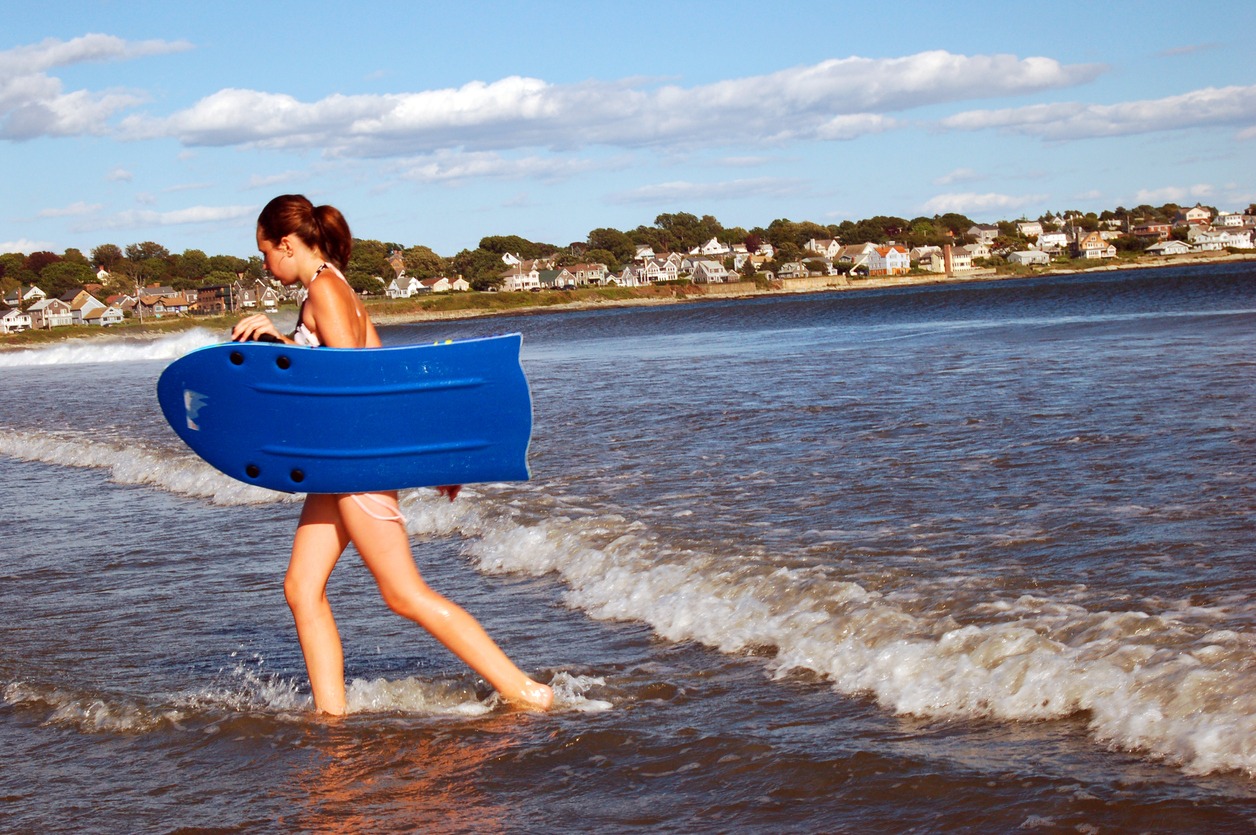The ocean has a different pull for all sea lovers. Some people are satisfied soaking up the sun, while others would prefer something more adventurous like surfing or skimboarding. However, if you are new to water sports, test the waters with a bodyboard first!
This will surely bring fun activities to enjoy on the beach during the long summer days or that exotic vacation. Bodyboarding is one of the most popular ones out there. It’s a lot easier than surfing, and you can have a lot of fun as well. Bodyboarding doesn’t take a lot of training, or experience can be easily picked up on any beach adventure.
Having the right kind of bodyboard is helpful as well. If you are a first-timer, buying your first board can be overwhelming! If you have been there and done that, the plethora of choices can cause confusion. When we are faced with a large number of options, we get choice paralysis and are unable to make a decision at all! Have no worries because we will walk you through the thought process!
Some questions to help you when you are experiencing the paradox of choice, according to the experts from Ebody Boarding
1. What is your height?
All bodyboards used to be 42” in length. This could be a bad fit for those who are not average in height. Fortunately, these days, you can get one to fit your height.
If you are a serious bodyboarder who wears fins and prefers to ride the unbroken part of the wave, the tip of the board should reach your navel when placed on the ground. If you get a longer board, you will have a challenge with balance. There will be more torso on top of the board and not enough legs to paddle in the water. This will affect our ability to steer the board in the water. However, if you are doing this for fun and riding the white-water froth with no swim fins, you might want to buy a longer board for increased stability and speed.
Another way to pick a board length is to place one tip of the board at knee level then the opposite end should end at your chin.
2. What is your weight?
Your weight determines the right board width and thickness, particularly if you are on the heavy side. A heavy rider will need a board with a thicker and wider high-volume board because this will have more volume and buoyancy. If you are over 180 Ibs, choose boards labeled “high volume”.
You can also use the details below to match the board’s length to one’s weight:
If the board’s length is 32 to 34 inches, the rider’s weight should be 40 to 64 pounds, and his height should be under 4 feet.
If the board’s length is 40 inches, the rider’s weight should be 110 to 130 pounds, and his height should be 5’3” to 5’6”.
If the board’s length is 45 inches, the rider’s weight should be 195 to 255, and his height should be 6’3” to 6’6”.
3. What is your experience?
Your ability to maneuver your board in the waters are critical in purchasing the right bodyboard. After all, you will now begin to spot what you love and hate. For example, are you looking for speed, flexibility, or a certain design? Are the materials used for construction important to you?
There are three bodyboard skill levels. There are beginners, then those in the middle – the intermediate and the oldies who have been honing their skills, the advanced.
The beginners are curious and would like to stay safe. Usually, they ride for fun and do not care about using swim fins. They will just go straight towards the ocean and ride the white-water. They might even use the board once or twice only because they are not that invested in the sport. An entry-level board with a leash with an Expanded Polystyrene (EPS) styrofoam core is the best choice because it is cheap. Therefore, do not expect this glued-together board to last for a long time.
For the intermediate user, a mid-level board will do well for meeting the waves at the beginning of a break and to skim across the wave face. These are made of polyethylene (PE) cores and have one or two stringers in the core made of carbon or graphite. This is much more expensive than a basic boar but could really be a great tool to master your el rollos, 30s and cutbacks.
However, when you progress and become an expert or an advanced bodyboarder, your backflips and drop knee rides need a mid to high-level board with polypropylene (PP) cores). This kind of material is lighter but stiffer than a PE core board and definitely, more expensive.
4. Where will you ride?
Newbie bodyboarders, skimboarders, and surfers usually do not know how to identify a wave. However, a surf wave’s dynamics differ depending on the break involved. There is a perfect board to ride a certain wave, just as a carpenter has the right tool to fix an issue. Ride a wave with the wrong board, and you might end up breaking it.
The common types of waves
Beach break
A beach break wave usually crashes on the shore of the beach, according to Degree 33 Surfboard. This beach has a shallow sand bottom, jetty or groyne, making it unpredictable as the sand shifts and moves around, especially during a big storm. There are multiple spots where you can paddle out. However, the lineup is near.
Reef break
The waves in this area are created by either a rocky ocean floor or a reef bottom. The lineup is predictable but far off, and the waves are powerful which makes it great for long rides. Be keen on getting off the board before reaching the shore, or else you will risk being dragged along the sea floor and get injured or get barreled by the crashing waves. The injuries you get from bodyboarding in this area are nasty.
Point break
When a land has a headland or a land that juts into the ocean, this area is called a point break. The bottom could be sand, rock or corals. It could also be a combination. Waves here are uniform, and you can paddle out without the waves breaking on your face making it a crowded and popular spot. The point break is also able to produce long waves, which makes for a great long ride. Oftentimes, you will be able to ride the wave with several people. Again, jump off the board before reaching the shallow areas of the shore.
Other factors to consider when buying a bodyboard for adults
- What water temperature will you use your board?
- What is your riding style?
- What tail type should you buy?
- What are you willing to pay?
- What core is the best for you?
- What skin or deck would you like?
Conclusion
When it comes to best beach bodyboards for adults, choose wisely and ask around for recommendations. If unsure, borrow and test out boards before making the final purchase. You should also be able to get going without much training. If it fits your requirements, pick a decent bodyboard that is the most logical one for you.



